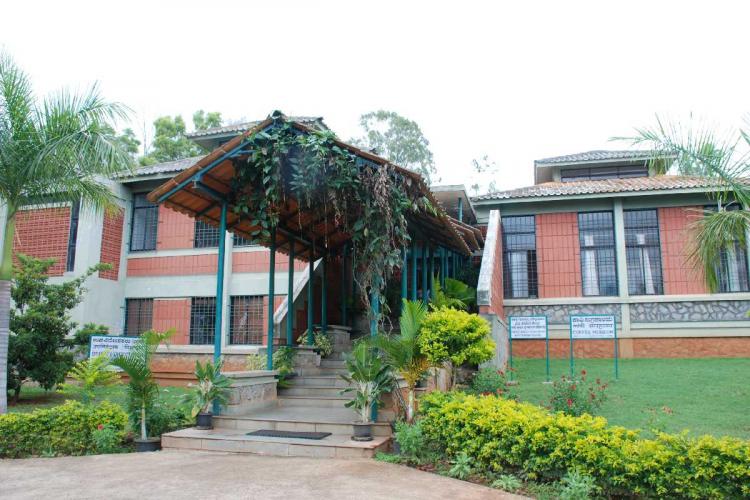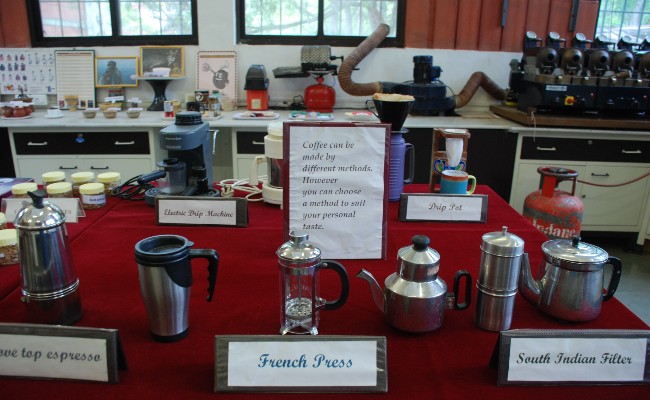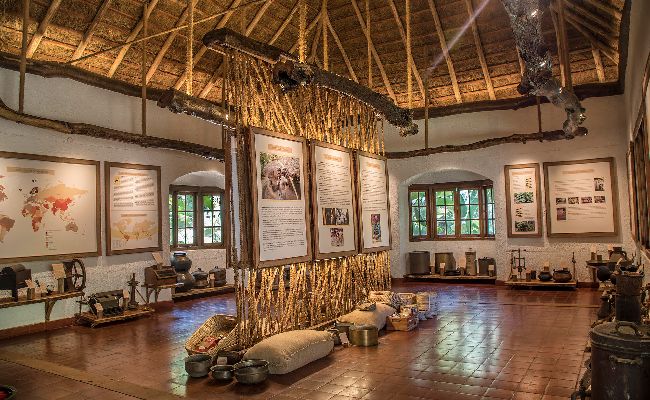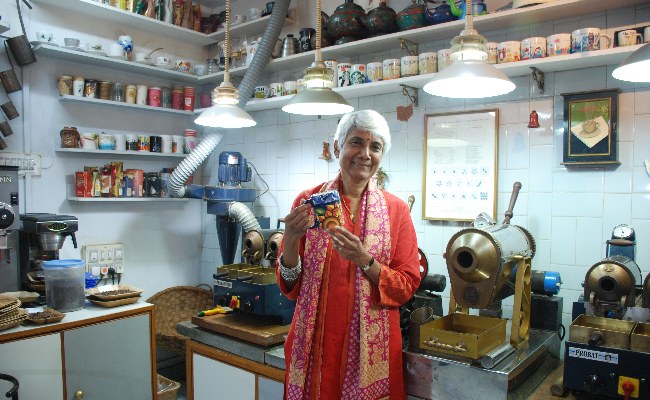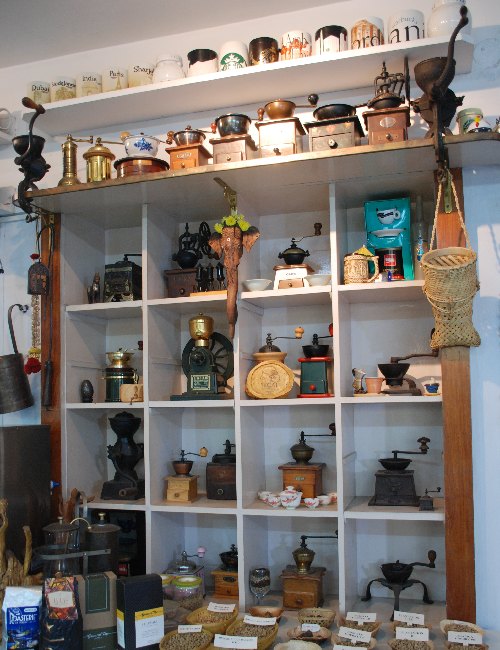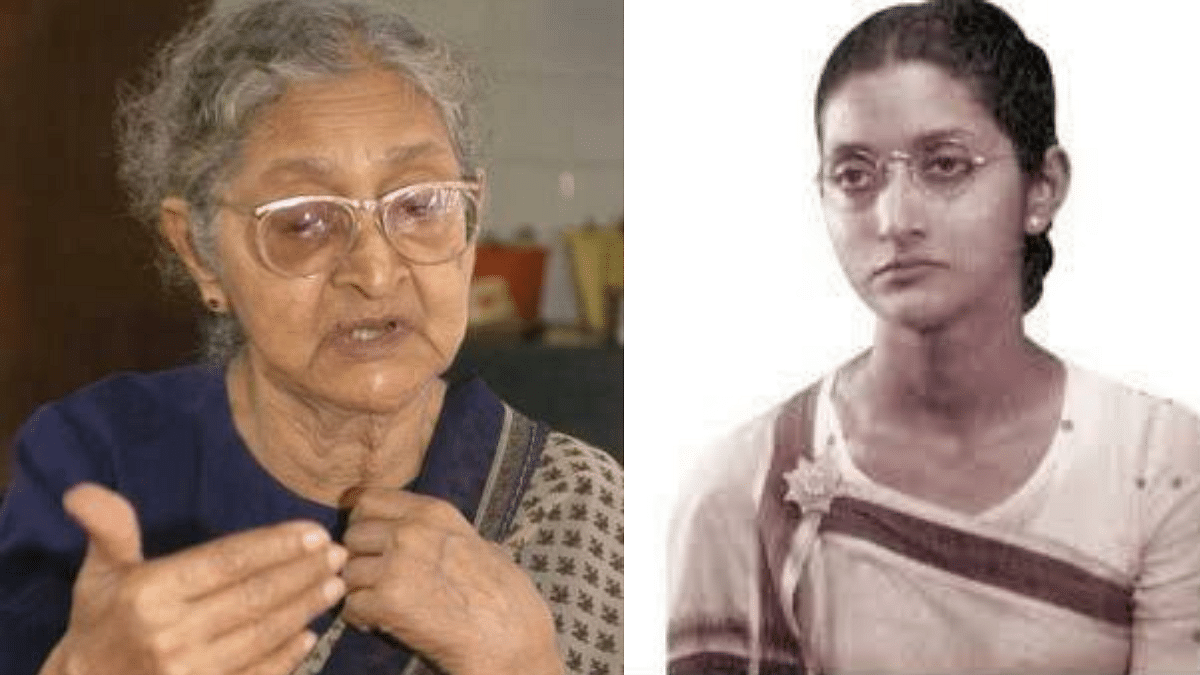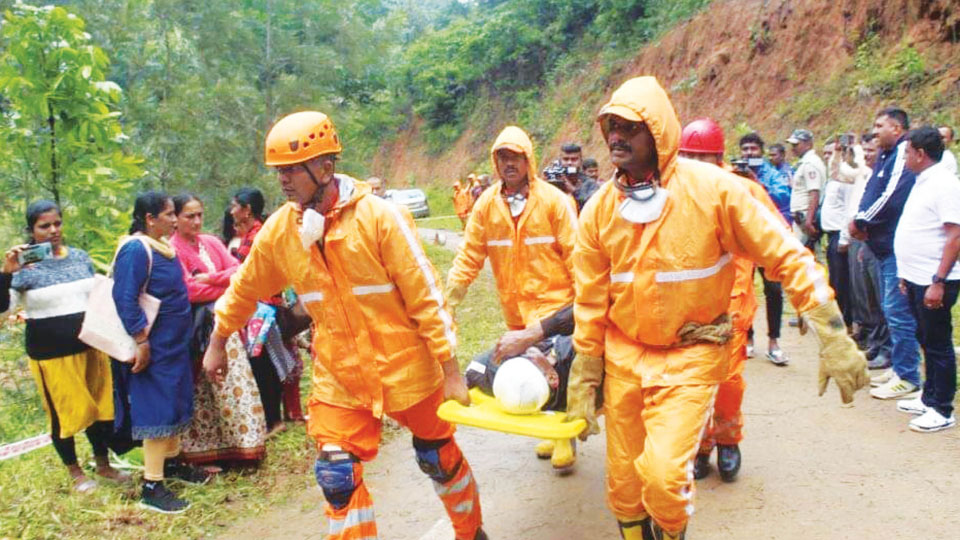
Kushalnagar:
A mock drill on flood rescue operations was conducted by the National Disaster Response Force (NDRF) rescue team and personnel from Government Departments at Hebbatageri village in Kodagu yesterday. Ironically, the drill was held at a time when Kodagu is facing an acute shortage of rainfall which is much below normal.
NDRF personnel, as specialised disaster responders,demonstrated flood response, rescue, evacuation and first aid to educate the local population. The drill was led by Deputy Commissioner Venkata Raja who assumed charge just days ago.
The drill, titled ‘Disaster Demonstration,’ was carried out with the cooperation of various Departments such as District Administration, NDRF, Police, Fire Brigade and Home Guards. The drill was aimed to create awareness among the public about how to undertake rescue operations during natural disasters like floods and landslides.
All the Departments actively participated in the exercise and understood their responsibilities during such challenging times. The training was aimed to equip people with effective strategies to cope with emergencies and disasters and to emphasise the role of NDRF in these situations.
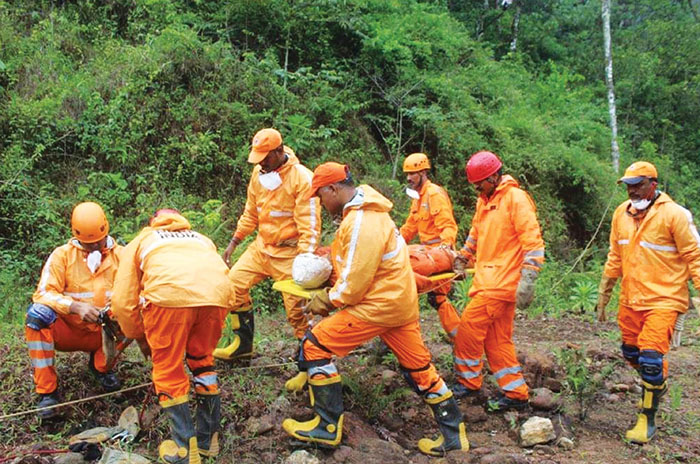
The mock drill included demonstrations of rescues including the collapse of land, tree falls, drowning rescue, boat rescue techniques and rescue from collapsed houses. Demonstration on emergency rescue methods and first-aid for drowning cases were also conducted.
In the event of a natural disaster, various measures were demonstrated in such situations. These included cutting off electricity supply, sealing off the incident site, providing initial medical treatment and transporting severely injured individuals to the hospital. Mock drills of such nature were conducted more than nine times in Kodagu till now.
NDRF Inspector Shantilal Jatiya led the team of 23 members, Assistant Sub-Inspector Chennanayaka from the Police Department with 15 Police officers, a team of 8 members led by Nagaraju from the Fire and Emergency Services Department and a team of 8 members led by Akshay from the Home Guards division participated, taking the total personnel to 54.
The DC stated that the mock exercise aimed to assess the disaster preparedness of different departments and agencies responsible for disaster management. Considering the vulnerability of villages along the river banks to floods, raising awareness among the public and evaluating the adequacy and effectiveness of stakeholders was crucial for building disaster resilience.
He revealed that the joint practice sessions were aimed to enhance coordination, address shortcomings and achieve better results during rescue operations. The main objective of the exercise was to raise awareness among citizens about preventive measures and equip them with the necessary skills to deal with any natural or disastrous situation effectively.
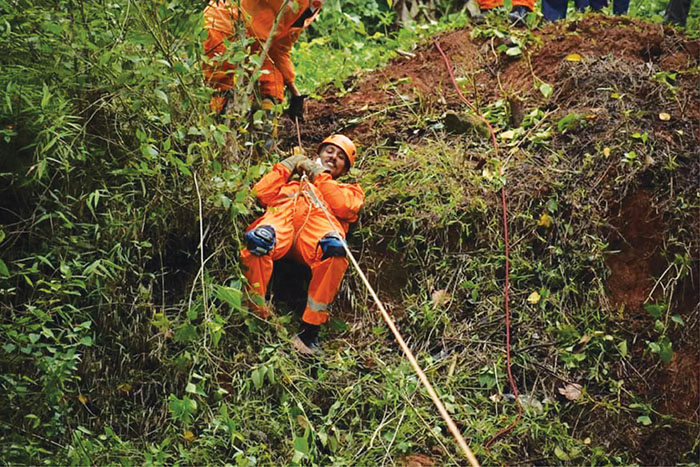
Venkata Raja explained that through coordinated actions and synergy among various emergency support functions at the district and village levels, an effective flood response could be ensured during a real disaster situation. Drawing from past experiences, arrangements were being made in advance, including resources, manpower, equipment, communication, and systems, to save lives, he said.
The District Administration took the initiative to provide information through demonstration to instil public confidence in understanding how rescue operations are conducted and safety measures are taken during floods and landslides. Venkata Raja also mentioned the importance of raising public awareness about the procedures and protocols followed during such situations to ensure safety and rescue operations.
‘Though we have received below-average rainfall, there is a possibility of average to above-average rainfall in July and August,” he added. District Disaster Management Officer R.M. Ananya Vasudeva and other officers were present.
source: http://www.starofmysore.com / Star of Mysore / Home> News> Top Stories / July 02nd, 2023

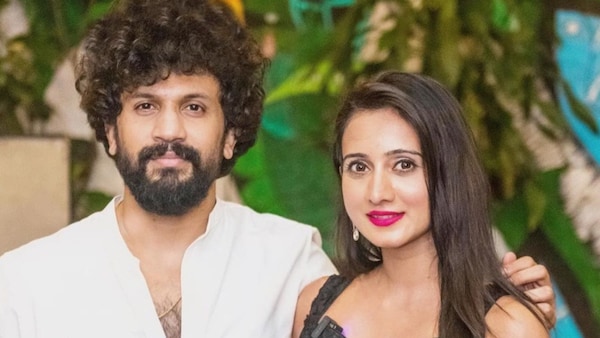

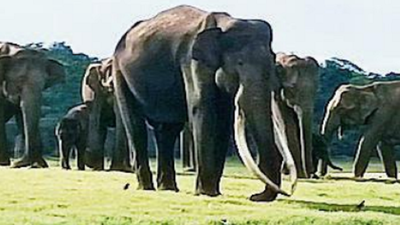
%20and%20Ramkumar%20Ramanathan%20during%20the%204th%20Tata%20Open%20Maharashtra.scorimg.webp)
